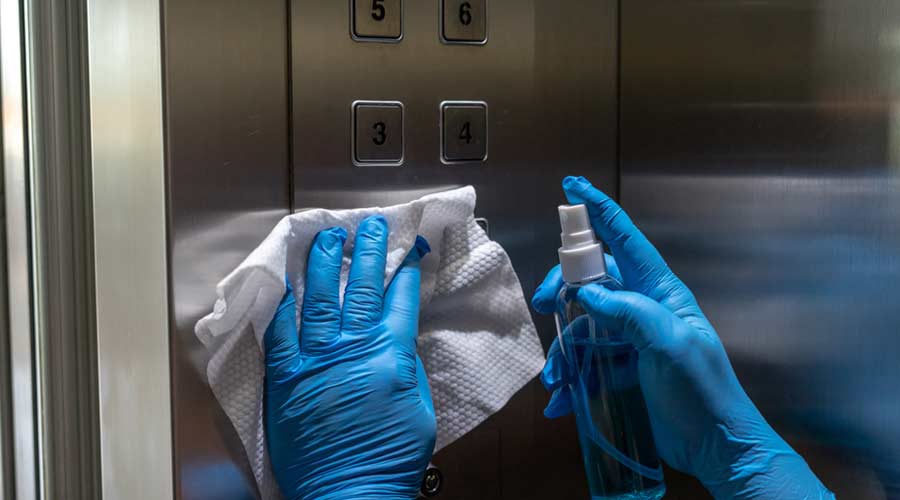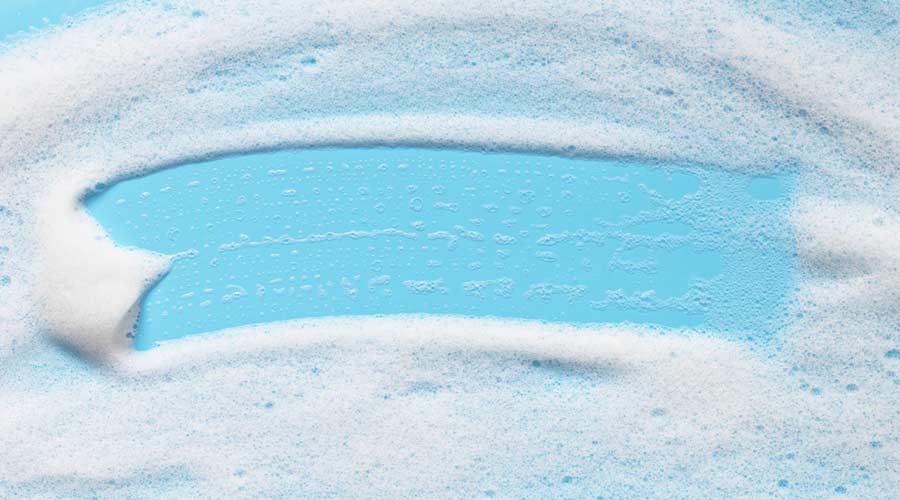
Bed bugs can be a cleaning professional's worst nightmare, and they’re threatening to spread to more and more cities each year. Experts believe that increases in bed bug populations can be attributed to higher levels of travel, a lack of knowledge about preventing infestations, increased resistance to pesticides, and ineffective pest control practices.
Luckily, knowing what bed bug infestations look like and where they’re most likely to occur can help experts stay ahead of these unwelcome guests. To help, LaJaunie's Pest Control has compiled a list of some of the most and least bed bug-infested cities in the United States.
For starters, bed bugs are common in cities with heavy tourist traffic and temperate to warm climates. Some of the most bed bug-infested cities in the nation include New York City, Atlanta, Chicago, Baltimore, and Dallas. Some cities least affected by bed bugs include Fremont, Irvine, Santa Clarita, Arlington, and Plano.
But before stocking up on tools to help fight a bed bug infestation, make sure that bed bugs are actually present. Look out for a few telltale signs of an infestation, including:
- Reddish or rust-colored stains on bedding, mattresses, wallpaper seams, etc. These are typically caused by bed bugs being crushed; the rust color comes from the blood meals these pests feast on.
- Dark spots on bedding or around the home, which could be a sign of bed bug excrement.
- Visible but tiny eggs and eggshells that are pale yellow in color.
- Bed bug exoskeletons around key areas like the headboard, bed frame, etc.
- Live bed bugs seen crawling around hotspots.
- Red, itchy spots on skin, which may be signs of bed bug bites.
Bed bugs love to hide in dark, covered places. Look thoroughly around the bed, mattress, and any cracks on the bed frame. Bugs might also be found in the seams of other furniture (like chairs), drawer joints, and the junction where your walls and ceiling meet. Signs of an existing bed bug infestation should be taken seriously. Take action as soon as possible to limit the spread of bed bugs.
If a bed bug problem is identified, try to address the severity of the situation. For mild or isolated bed bug issues, some "at-home" treatment options may be enough to squash the pests for good.
Chemical Treatments: EPA-registered pesticides designed to kill bed bugs are perhaps the most effective treatment options. Pay close attention to product label directions and follow them precisely to keep occupants safe.
Non-Chemical Treatments. Before opting for any sort of pesticide, consider using non-chemical methods for killing bed bugs. Steam cleaners, for instance, can help kill bed bugs with hot air and moisture. Heat treatment is another tactic; simply place affected items in a clothes dryer on high heat to kill the bugs.
Although these are options, the treatments can be unreliable. If infestations persist, reach out to a professional pest control service provider with experience eliminating and deterring bed bugs for the best results. Only a professional can use the right pesticides safely and identify other areas of need that may leave the facility vulnerable to pest invasions.

 The Down and Dirty on Cleaning in Virus Season
The Down and Dirty on Cleaning in Virus Season How Surfactant Use is Expanding in Commercial Cleaning
How Surfactant Use is Expanding in Commercial Cleaning